
We have been preserving our food for centuries. Salting, for example, is one of the earliest recognised forms of food preservation. We preserve food to extend its shelf-life. This is because food is perishable. It will go off if it isn’t eaten in time or preserved. It needs special care to last as long as possible and maintain its nutritional value. There are several ways that food can be preserved. In this blog, we look at seven food preservation methods. When done correctly, these methods extend the shelf-life of our food and its quality.
What Is Food Preservation
Essentially, food preservation is the process of treating and handling food to stop or significantly slow down spoilage. Through food preservation, we also prevent foodborne illnesses and maintain the nutritional value, taste and texture of food products.
The Importance of Food Preservation
The main reason we preserve food is to keep it safe before consumption. And because we want to eat satisfying food.
Here are more reasons to preserve food:
Bacterial growth – If the conditions are right – warmth, moisture and time – bacteria like Salmonella and E. coli have a field day. Preservation methods, even simple ones like refrigeration, can really reduce the likelihood of bacterial growth and food spoilage.
Quality – To be appetising, the food needs to look, smell, feel and most importantly, taste good. If it doesn’t, we look for food that ticks all these boxes. The odd bruise or dent is often harmless, but food must be in its best quality for us to want it.
Wastage – We waste a tremendous amount of food. According to a recent study by the World Wildlife Fund and British retailer Tesco, an eye-watering 2.5 billion tons of food is wasted globally.
With 2.3 billion people being moderately or severely food insecure, this wasted food can provide each person over 2,500 meals per year. That’s seven meals a day! Preserving food extends its shelf-life and can prevent it from being wasted.
Save money – Wasting food is expensive. Each time we throw away food that we didn’t get a chance to eat before the use-by date, we throw our money away.
Saving the environment – Food that we throw away ends up in landfills. When it decomposes, it produces methane gas. Food that is wasted in landfills accounts for about eight percent of global emissions.
7 Common Food Preservation Methods
Here are 7 most used methods to preserve food with examples:
Chilling
Refrigerating food is one of the simplest ways of keeping it safe to eat and preserving it. The low temperature in our fridges slows down bacterial growth and reduces spoilage. Chilled food can remain safe for a few days or weeks, depending on what it is.
First, ensure the fridge being used is set at the right temperature to safely chill food. This is between 1°C and 4°C. Food must be stored under 8°C by law for businesses that sell or produce food.
Food should be stored appropriately in fridges. Most domestic fridges come with compartments for fruit and veg on the lowest shelf. This is to segregate these items from other foods like meat and dairy.
Commercial kitchens and food businesses benefit from multiple refrigerators so that food can be separated to prevent cross-contamination. Attention should be paid to food labels, with foods with the nearest use-by and best-before dates placed at the front of the stock. This is known as the FIFO system – first in, first out.
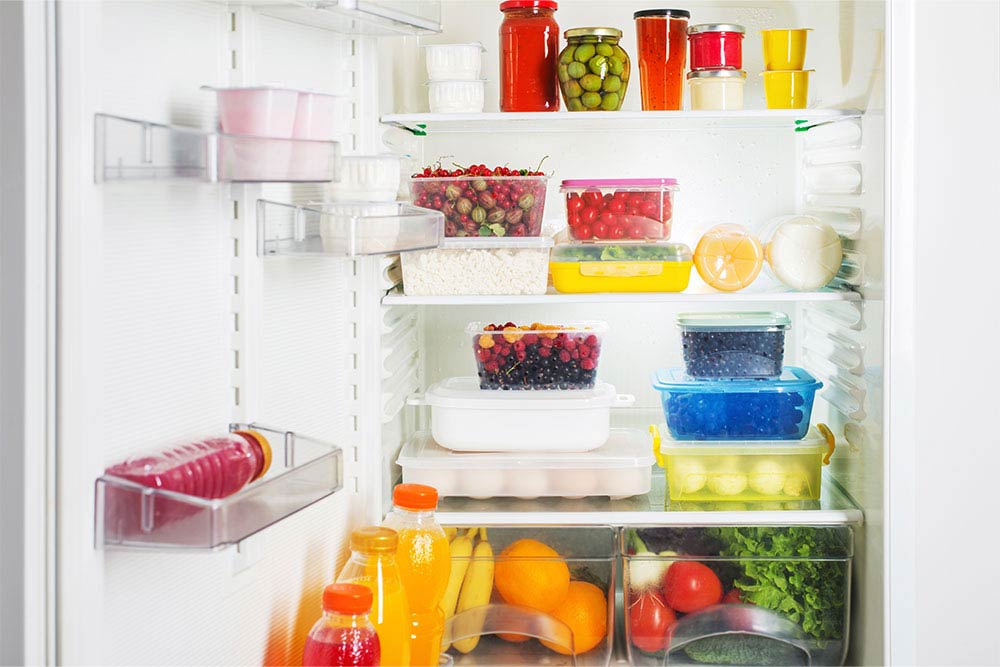
Freezing
Freezing conditions inhibit bacteria growth. So, storing food properly in the freezer can make it last for a long time. Years, in fact. That said, frozen emergency pizza from 2020 should probably be thrown out now.
To optimise your freezer to preserve food, ensure it’s set at the right temperature. Freezers should be set between -18°C and -22°C. Fresh, unpacked or pre-cooked foods should be stored in freezer bags or airtight containers before being put in the freezer.
Don’t freeze food after its use-by or best-before date. If its use-by has passed and you haven’t frozen it yet, bin it. And if you’ve missed the best-before date, eat it sooner rather than later.
Frozen food must be defrosted before it can be eaten. Packaged food will come with some guidance on how long it needs to thoroughly defrost. Once defrosted, you can’t refreeze it because bacteria can grow while the food item is thawing.
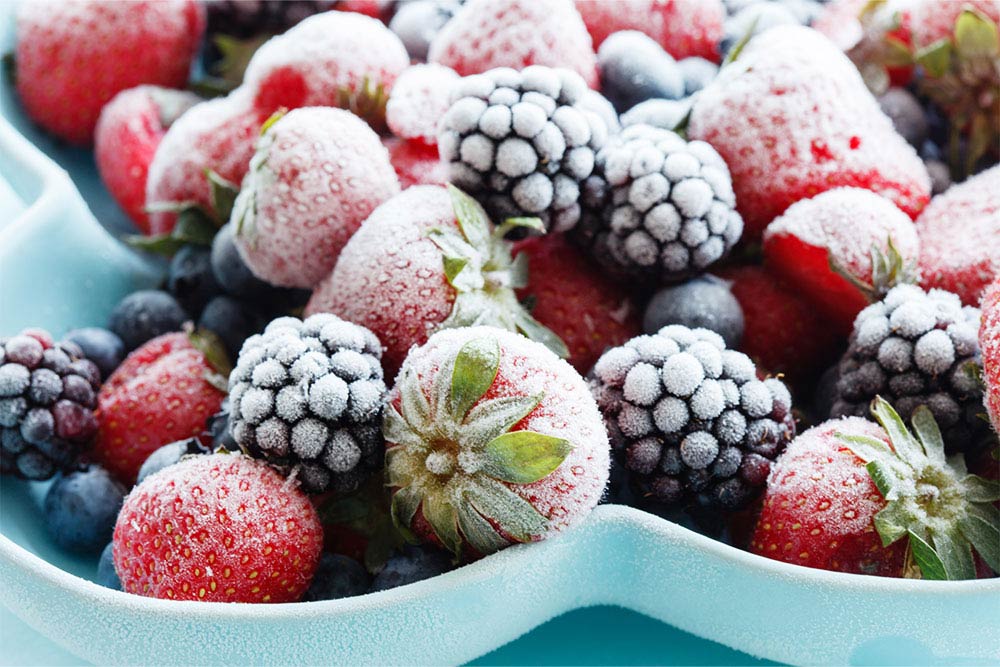
Sugaring
Preserving food with lots of sugar reduces its water content, limiting bacterial growth. Sugar can be in granules, sugar syrup, honey or molasses. Fruits like apples and plums and vegetables like carrots are sugared to make jams or relishes. Sugar and salt can also be added to the brine to preserve certain fish or meats.
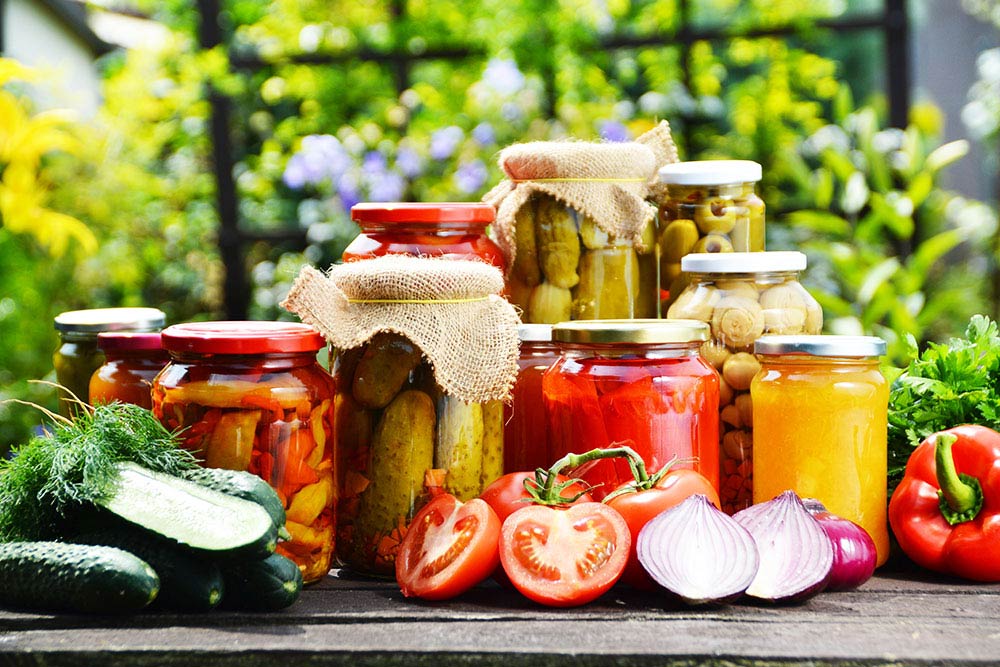
Salting
Salt is excellent for drawing water out of certain foods. This, like sugaring, stops bacteria from growing. Wet curing is when salt is mixed with water and sometimes sugar. Food is added to this mixture and placed in cans. Dry curing is where salt is put directly onto foods like meat. This draws out water.
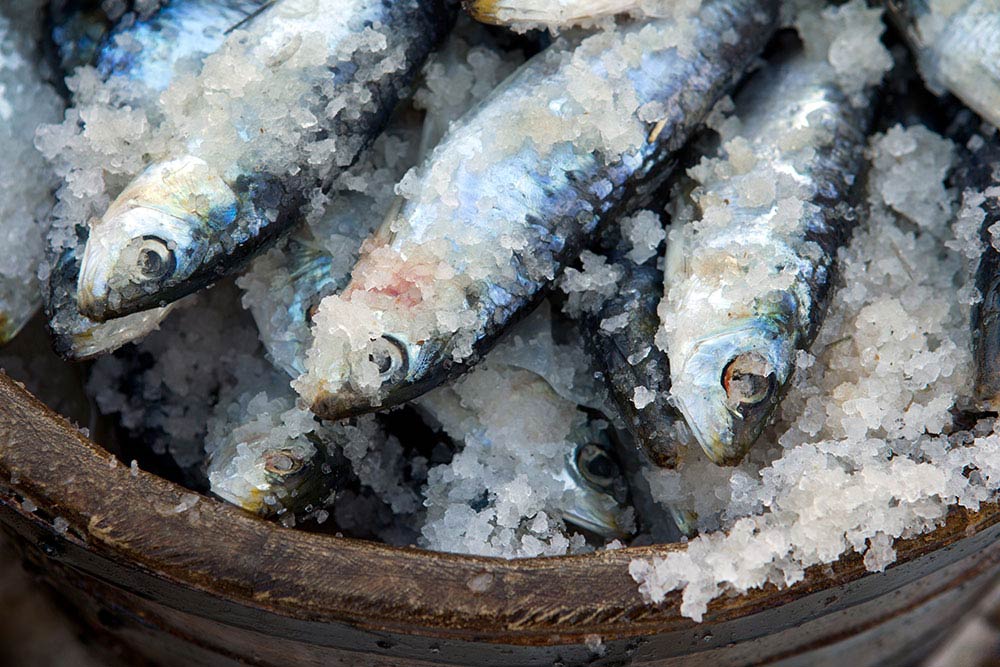
Canning
This method of food preservation removes oxygen from foods. The food stored in an airtight, acidic, high salt or sugar environment prevents bacteria from growing.
Canned food must be handled hygienically and be of good quality. Jars should be specifically designed for canning. This is to ensure that they will be airtight.
You need to be careful with this particular food preservation method, though. This is because the C. botulinum bacteria thrive in environments absent of oxygen. Suppose the canning process you use hasn’t been successfully tried and tested. In that case, this bacterium can start to grow and produce toxins. These toxins can lead to botulism poisoning, a rare but life-threatening condition.
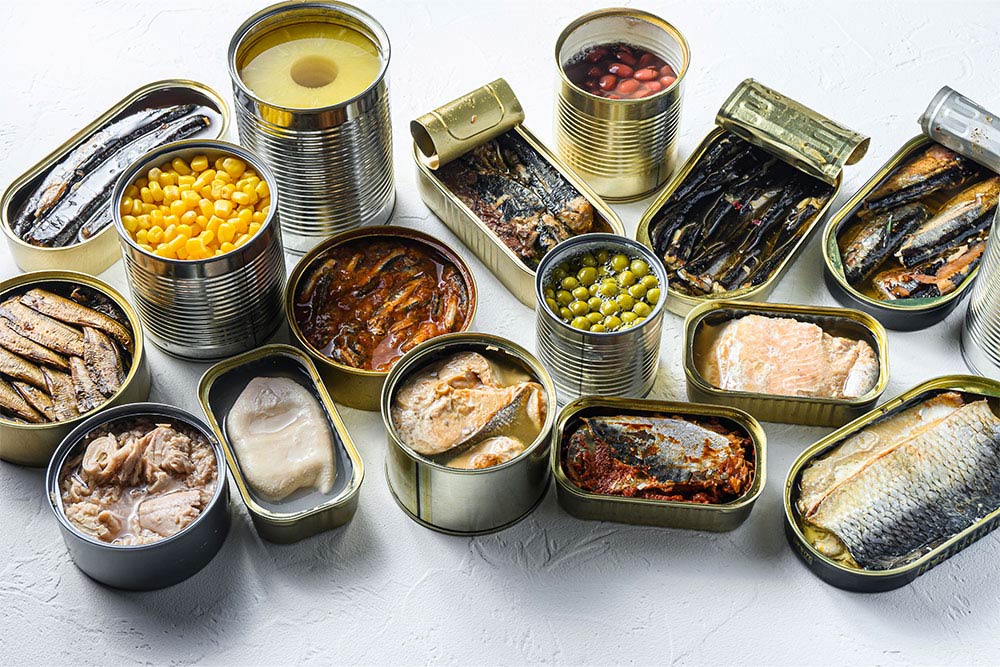
Freeze Drying
Freeze-drying is a way of dehydrating food. Raw foods comprise around 80-95% water. This water can be divided into “free” and “bound” water. Free water freezes, but bound water doesn’t. When freeze-drying food, all free water and some bound water must be removed.
To freeze dry food, you must first freeze the food product under atmospheric pressure. Then comes the primary drying stage, where all frozen, free water is removed. Once this is done, the product is dried out in the secondary drying stage. This removes the remaining bound water.
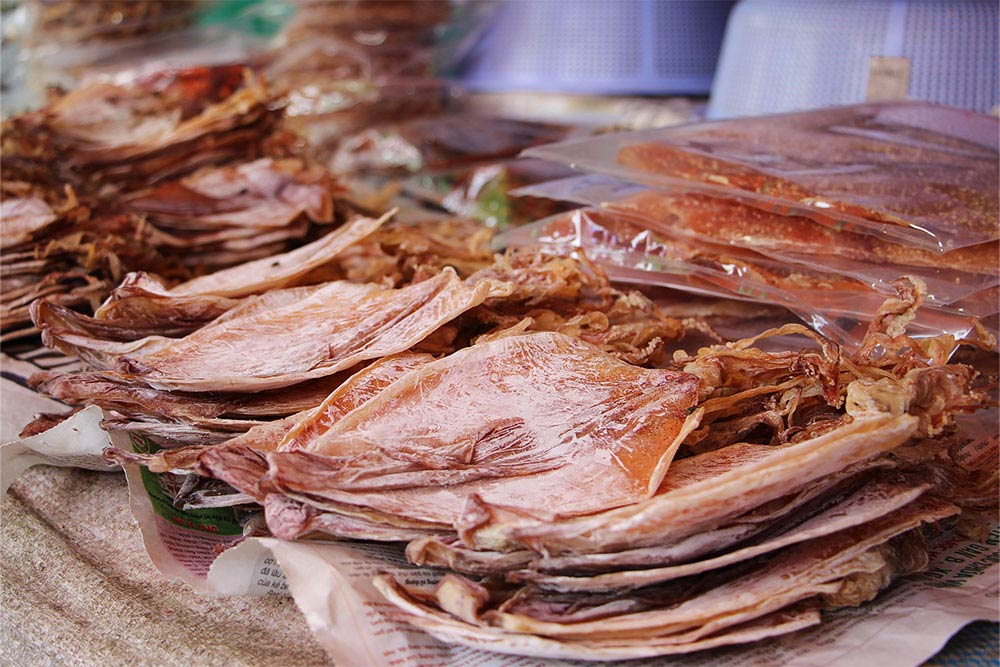
Vacuum Packing
Vacuum packing extends the shelf-life of certain foods by sucking out oxygen to limit the growth of microorganisms. A benefit of vacuum packing is that it also preserves food quality without adding other ingredients, as you do with canning. So, vacuum-packed food properties, such as its smell and taste, remain intact.
Again, this method must be done carefully to prevent C. botulinum from growing.
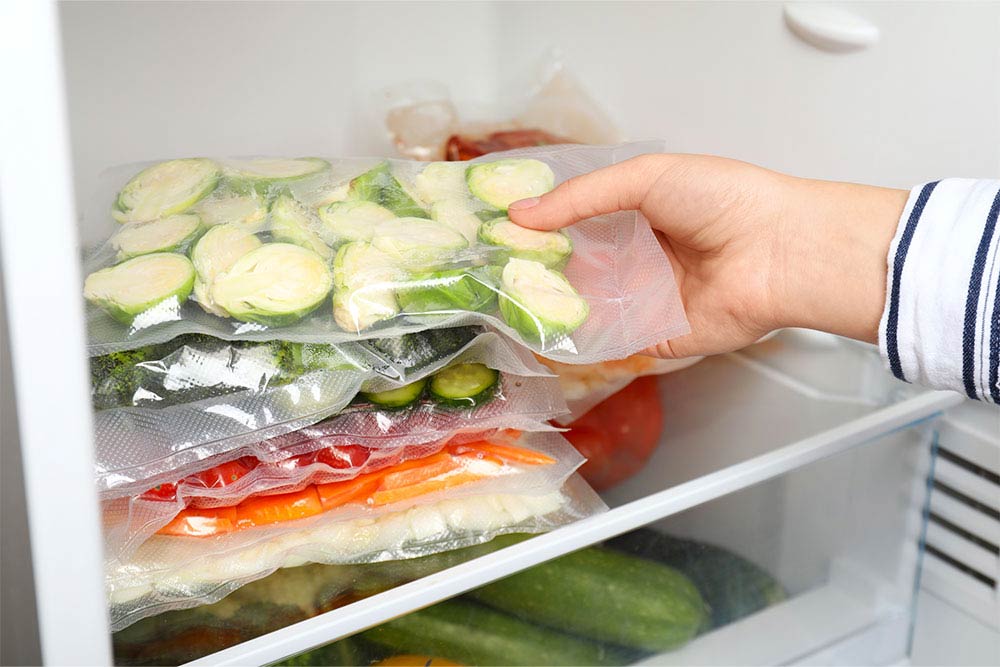
Gain More Than Just A Taste of Food Safety Knowledge
If this blog has tickled your food safety knowledge taste buds, why not delve into our Level 2 Food Hygiene Course?
You will learn about various food safety-related topics such as cross-contamination, safe storage, the importance of personal hygiene, safe cooking, refrigeration and delivery. And if that isn’t appetising enough, the course is delivered online, meaning you can complete it in your own time, even between meals.






















































































































































































































































































































































































































































































































































































































































































































































